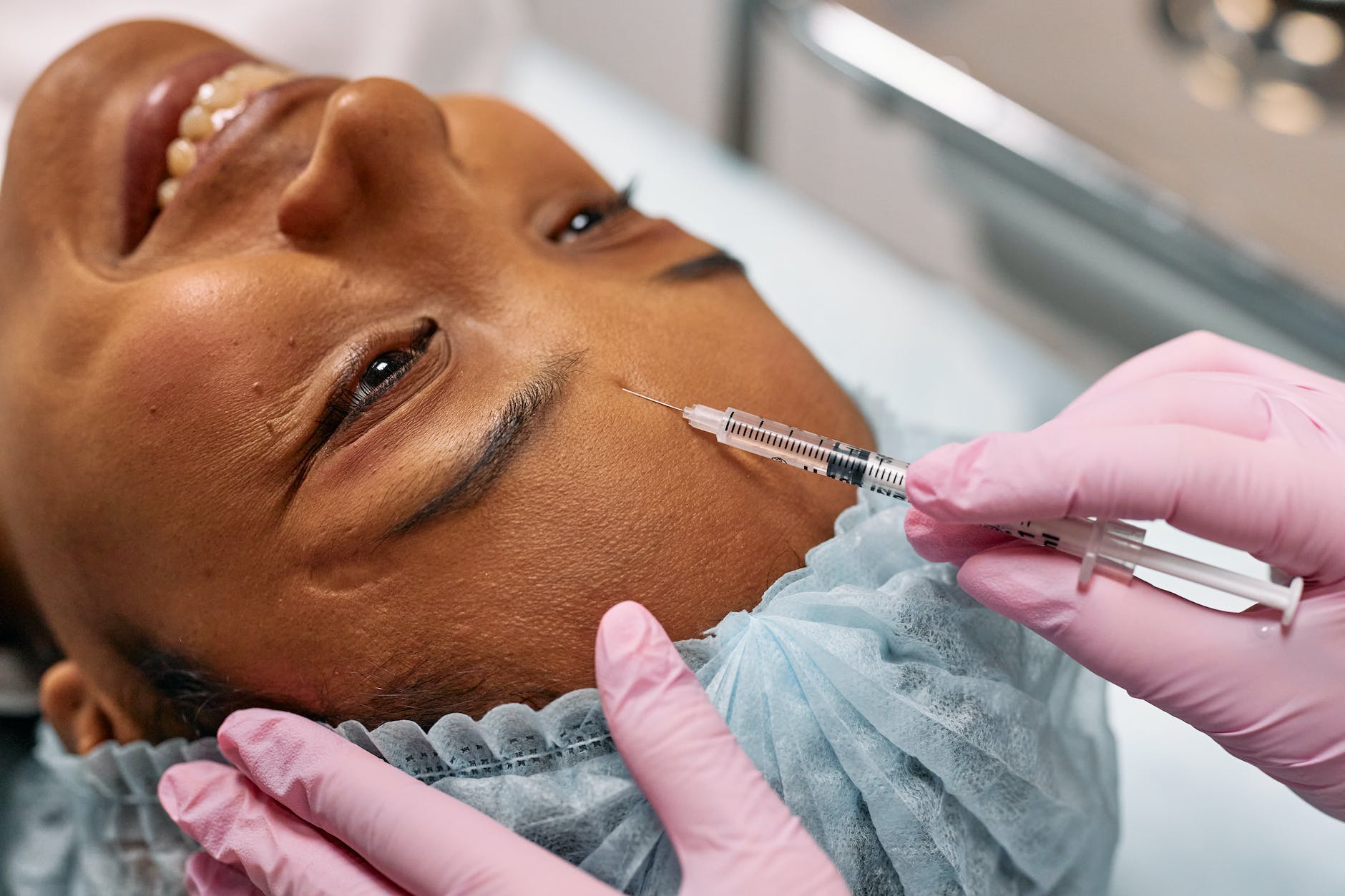In recent years, a peculiar practice has generated increasing interest among both enthusiasts and skeptics. Coined “microdosing,” this trend involves ingesting sub-perceptual amounts of psychedelic substances, such as LSD or psilocybin, in the pursuit of enhanced productivity, creativity, and cognitive performance.
Fueled by anecdotal reports and a growing community of adopters, the concept has gained most of its popularity in the tech-driven hub of Silicon Valley. As this bustling hive of innovation constantly searches for novel means to heighten efficiency and ideas, the concept of microdosing has begun making its rounds.
But what does the science say about this emerging trend, and is there any evidence to back up claims of increased productivity, creativity, and cognitive enhancements?
Research into the effects of microdosing is quite limited, with the vast majority of studies being conducted on significantly larger doses of psychedelics. Most of the available information on microdosing is derived from anecdotal sources – individuals who self-report their chosen dosing schedules and effects with varying degrees of precision.
That being said, some studies have examined the potential benefits of microdosing. In one study, participants given a microdose of LSD were observed to have improved mood, alertness, and focus; however, these results were not consistent across all subjects. There is also a growing body of research-based evidence that psychedelics, such as psilocybin, have significant therapeutic potential for mood disorders, including depression and anxiety.
One particular concern regarding microdosing research is the issue of the placebo effect. With the widespread social reporting of microdosing’s purported benefits, it is challenging to draw a clear distinction between the actual effects of the substances and those brought about by participants’ expectations. To address this concern, a variety of open-label studies have been undertaken in which participants knowingly receive the active substances (though some studies also utilize a control group). A recent study attempted to utilize participants who microdosed on their own and to integrate various ways to blind the experiment, such as using a partner to administer doses. The results, published in the PLOS One journal, lend some credence to the cognitive-enhancing effects of microdosing but highlight a need for better quantification in order to understand the magnitude of the improvement.
Microdosing’s increasing popularity and the paucity of definitive research has led to a recent surge in academic interest. Earlier this year, research teams at the Imperial College London and the University of California, San Francisco began investigating the phenomenon. The teams conducted studies aimed at evaluating the long-term cognitive, emotional, and social effects of microdosing, hoping to better understand both the potential benefits and the risks associated with the practice.
Of course, it is essential to note that the use of psychoactive substances such as LSD and psilocybin remains illegal in many parts of the world, including the United States. With various possible legal consequences and gaps in current knowledge about the long-term effects, it is not advisable to experiment with microdosing without thoroughly considering the potential risks involved. Ethical and legal concerns also pose a challenge for established research institutions attempting to investigate the practice.
In conclusion, while microdosing has emerged as an exciting and increasingly popular trend in cognitive enhancement, especially in places like Silicon Valley, the scientific evidence to back up its purported benefits remains inconclusive. Further research is needed to gain a better understanding of the mechanisms behind these sub-perceptual doses, their long-term impacts, and the ideal dosing schedule for various substances. In the meantime, it is prudent for individuals to exercise caution and skepticism when considering the purported benefits of microdosing.





